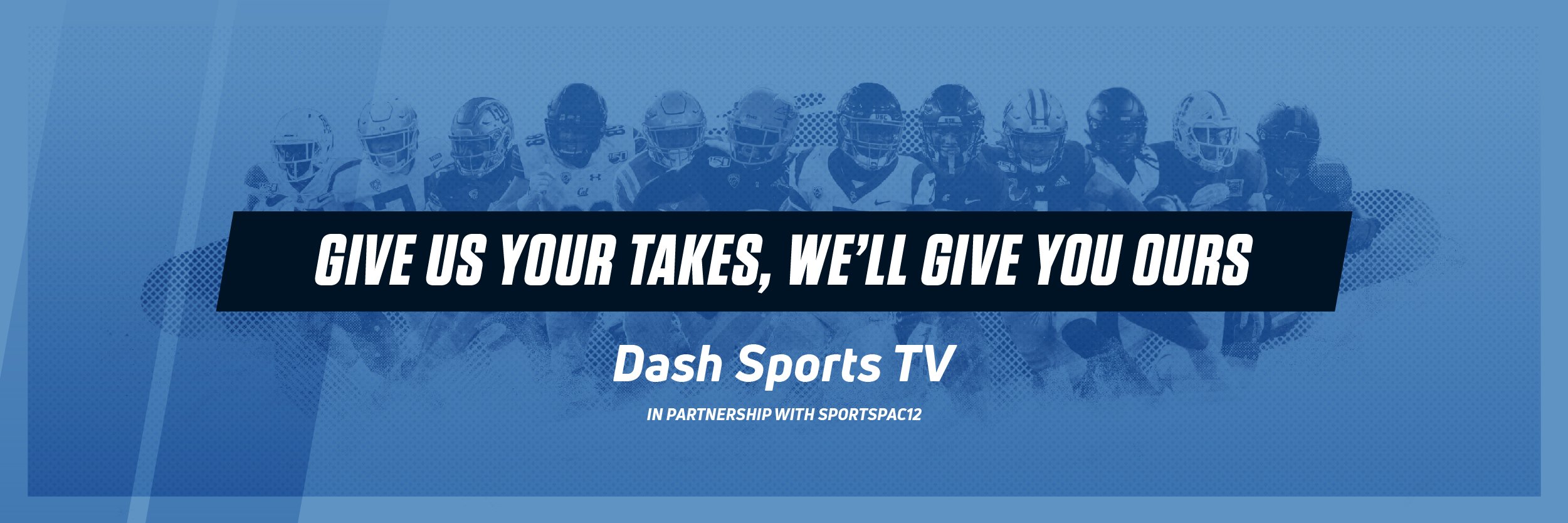Posted on October 6, 2020
|
Last week on Cardinal Dash, my co-host King Jemison made the argument that Stanford is splashing around in the kiddie pool. He would tell you that Stanford is competing with Oregon State more than Oregon.
One place where that may be seen the most is in recruiting. SportsPac12 recently tweeted out the top 10 recruiters ranked by 247Sports in the Conference, and four are on the Oregon staff.
In case it needs to be said, none are on the Stanford staff.
 Stanford has been playing in the kiddie pool in terms of recruiting for a long time. That’s not to say that Stanford hasn’t assembled some incredible classes competitive with any other in the nation. They have. They just haven’t put emphasis on rankings, or flashy videos, or Instagram commitment posts.
Stanford has been playing in the kiddie pool in terms of recruiting for a long time. That’s not to say that Stanford hasn’t assembled some incredible classes competitive with any other in the nation. They have. They just haven’t put emphasis on rankings, or flashy videos, or Instagram commitment posts.
Look no further than the quarterback room to see successful recruiting in action. K.J. Costello, who is obviously now on the other side of the country, was ranked third at the position in his class. Davis Mills was first. Tanner McKee was third.
Still, Stanford is not getting the hype of classes that Oregon or USC can assemble. Historically, those top ranked classes have been needed to compete for national championships.
I would argue that Stanford does not need that. When we look back to the most successful years of Stanford football in recent memory, it was not necessarily due to the best recruiting.
 Stanford recruited to its system and then developed its players more than any other school. You can look at the NFL ranks right now and still see Stanford with the second-most players in the Conference and near the top in the nation.
Stanford recruited to its system and then developed its players more than any other school. You can look at the NFL ranks right now and still see Stanford with the second-most players in the Conference and near the top in the nation.
While assembling recruiting classes that ranked 63rd, 51st, and 47th nationally, Stanford went to the Orange Bowl, Fiesta Bowl, and Rose Bowl. In other words, working with toys discarded in the kiddie pool, Stanford went to The Granddaddy of Them All.
The key, obviously, was development.
In 2006, Stanford brought in under-the-radar three stars Toby Gerhart and Richard Sherman. Gerhart had more of an impact in his time at Stanford, but both went on to the next level.
In 2007, the story was similar. Two-star Doug Baldwin and three-star Coby Fleener ended up turning a lot of heads.

By 2008, Stanford brought in 4-star Andrew Luck, and three stars Jonathan Martin and David DeCastro — climbing all the way to 47 in the country.
In 2009, the coaching staff was stacked. Of course, Jim Harbaugh was leading the ship. Ron Lynn had the most experience, spending most of his career as a defensive coordinator or secondary coach in the NFL before becoming the co-defensive coordinator and associate head coach.
For the most part, the remainder of the coaches, like the unheralded players, were up and coming. Greg Roman, who worked with the offensive tackles and tight end, is now the offensive coordinator of the juggernaut Ravens offense. Tim Drevno was the tight end and offensive line coach and then went on to coach the line for the 49ers and run the offense at Michigan, both with Harbaugh.
D.J. Durkin coached the defensive ends and special teams, but is now the co-defensive coordinator at Ole Miss. Willie Taggart worked with Gerhart and the running backs, but has only been a head coach since leaving Stanford, and is now with Florida Atlantic. Clayton White spent his time with the defensive backs and is now the defensive coordinator at Western Kentucky.
Of course, David Shaw was the offensive coordinator and wide receiver coach and just led the most successful decade in Stanford history. Lance Anderson was then the defensive tackles coach and recruiting coordinator and is now the defensive coordinator. Tavita Pritchard, the current offensive coordinator, was himself a three-star recruit in the 24th-ranked class of 2005.

With that history lesson complete, we can see that Stanford did not rely on flashy recruiting. Stanford as an institution sold itself. Harbaugh, and now Shaw, know they can get smart athletes to play for their team and built a system around that fact.
For years, Cardinal offenses have thrived on intellectual brutality, the belief that they could recruit physical players on both sides of the ball that were smart enough to execute a complex, pro-style system. It is not so much that Stanford needs to dominate the California landscape or build a pipeline in Texas or scour film for the best athletes.
The school and its style of play is a national brand.
Do not be fooled when Stanford is ranked in the middle of the Pac-12 in recruiting. If—and this is an important qualifier—the Cardinal can recapture that dominant system, it will not matter if 247Sports top-ranked recruit signs on the dotted line. As long as Stanford recruits to its identity, it should succeed in the Conference and compete nationally.
As soon as the wins started piling up, and Harbaugh could market a system to recruits, the four stars began signing. In 2009 alone, the 21st ranked class in the nation consisted of Shayne Skov, Josh Nunes, Zach Ertz, Stepfan Taylor, Tyler Gaffney, and Levine Toilolo.
Stanford is fully in the deep end now. There is no struggle to convince blue-chip prospects to come out and receive one of the world’s best educations. Stanford just needs to recapture its system, and the wins will follow.
You can watch Martinez-Krams’ related Cardinal Dash Sports Talk Show on Dash Sports TV, and read his other sports articles at the Stanford Daily.
-
Martinez-Krams: Panic if You Must, but All is Not Lost with Stanford in 2020
> The Cardinal has been abysmal, but there are some good reasons for patience and hope - November 17, 2020 -
Martinez-Krams: Stanford Performance a Mixed Bag in Opening Loss to Oregon
> The Cardinal showed signs of promise while struggling in key game situations - November 10, 2020 -
Martinez-Krams: Stanford Football Questions to be Answered on Saturday
> Cardinal players and coaches hope to turn the page on last season against Oregon - November 3, 2020


